Complete Solutions to Exercises (Singlecorrect) of chapter CARBOXYLIC ACIDS AND THEIR DERIVATIVES of Class 12 book with complete answers and questions
| Class 12 | CHEMISTRY |
| Chapter | CARBOXYLIC ACIDS AND THEIR DERIVATIVES |
| CENGAGE CHEMISTRY | Exercises (Singlecorrect) |
| Number Of Questions | 64 |
| Academic Year | 2023-24 |
The decreasing order of ester formation with benzoic acid in presence of
(I)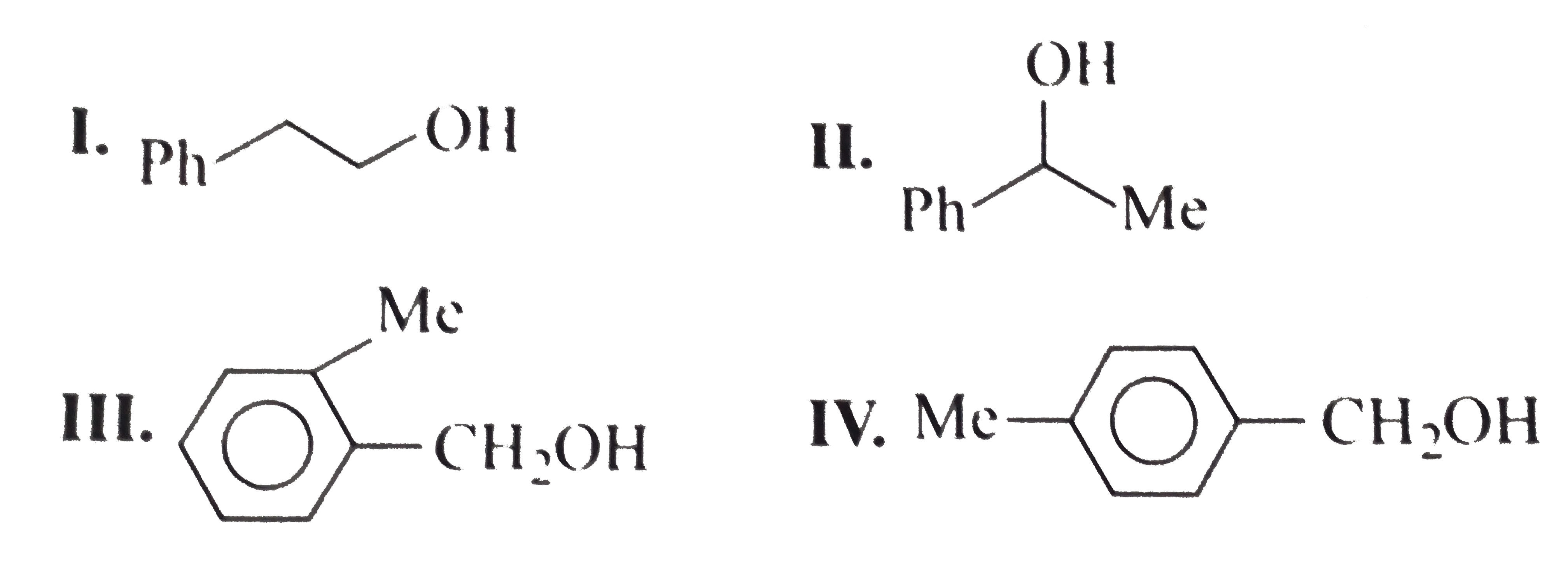
View SolutionThe decreasing order of ester formation with acetic acid in presence of
(I)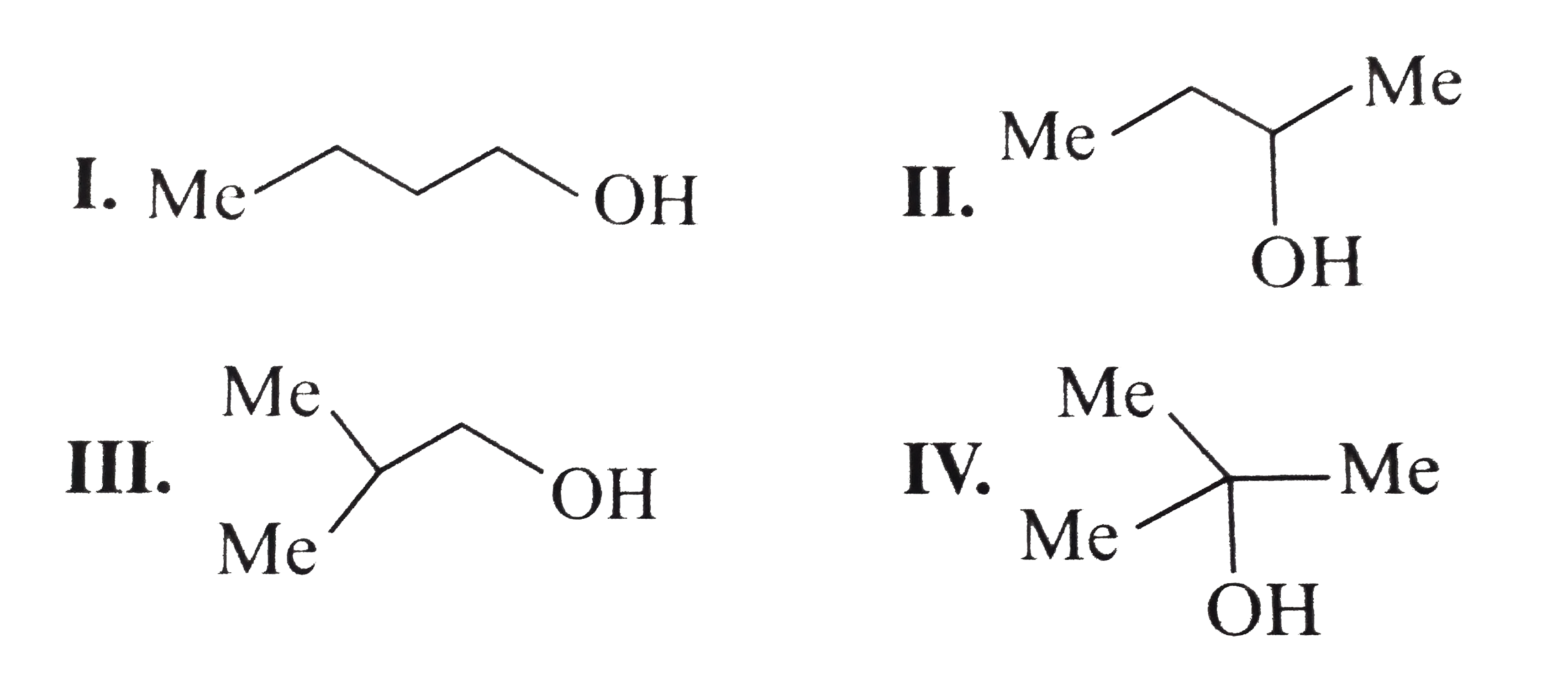
View SolutionWhich of the following cannot be acetylated with
View SolutionWhich of the following is the strongest acid ?
View SolutionWhat is the effect of reducing the volume on the system described below? 2C(s) + O2(g)= 2CO(g)
View SolutionWhich reagent can distinguish between pentanoic acid and pentanamide ?
View Solution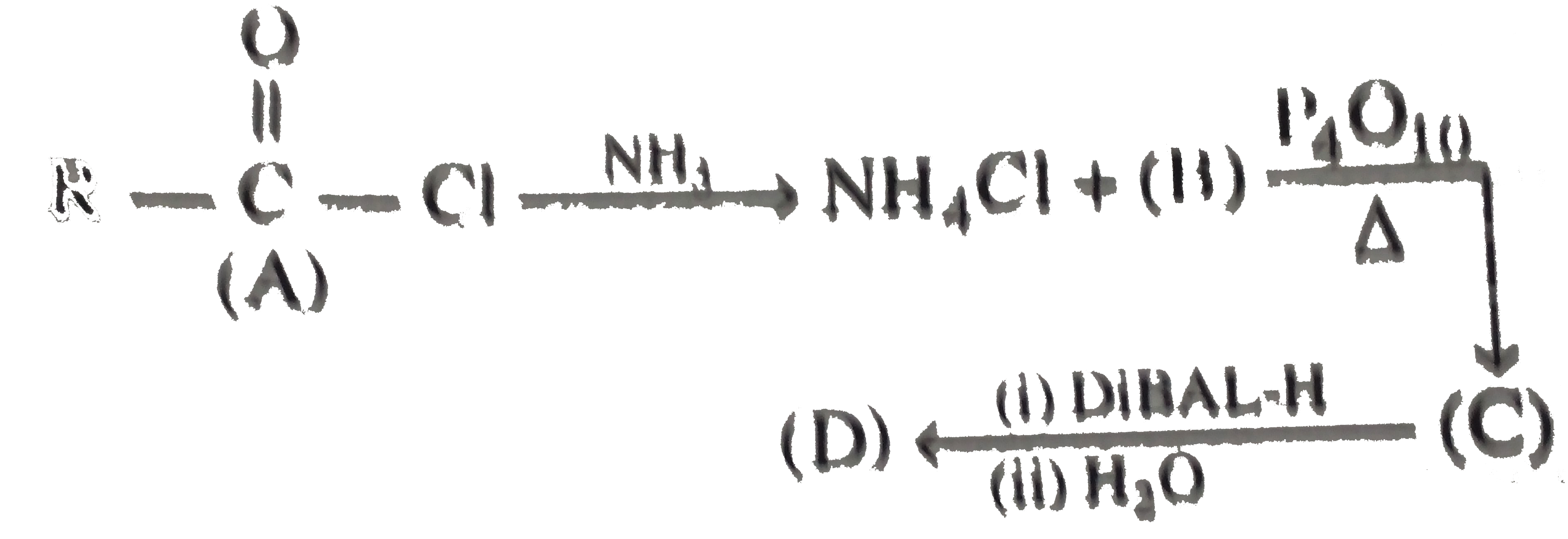
The compound
View Solutionthe standard heat of formation of Fe2O3 (s) is 824.2kJ mol-1 Calculate heat change for the reaction. 4Fe(s) + 302 (g)= 2Fe2O3(s)
View SolutionWhich
View SolutionProduct
 .
.
View SolutionThe reactant
 .
.
View Solution
Product
View Solution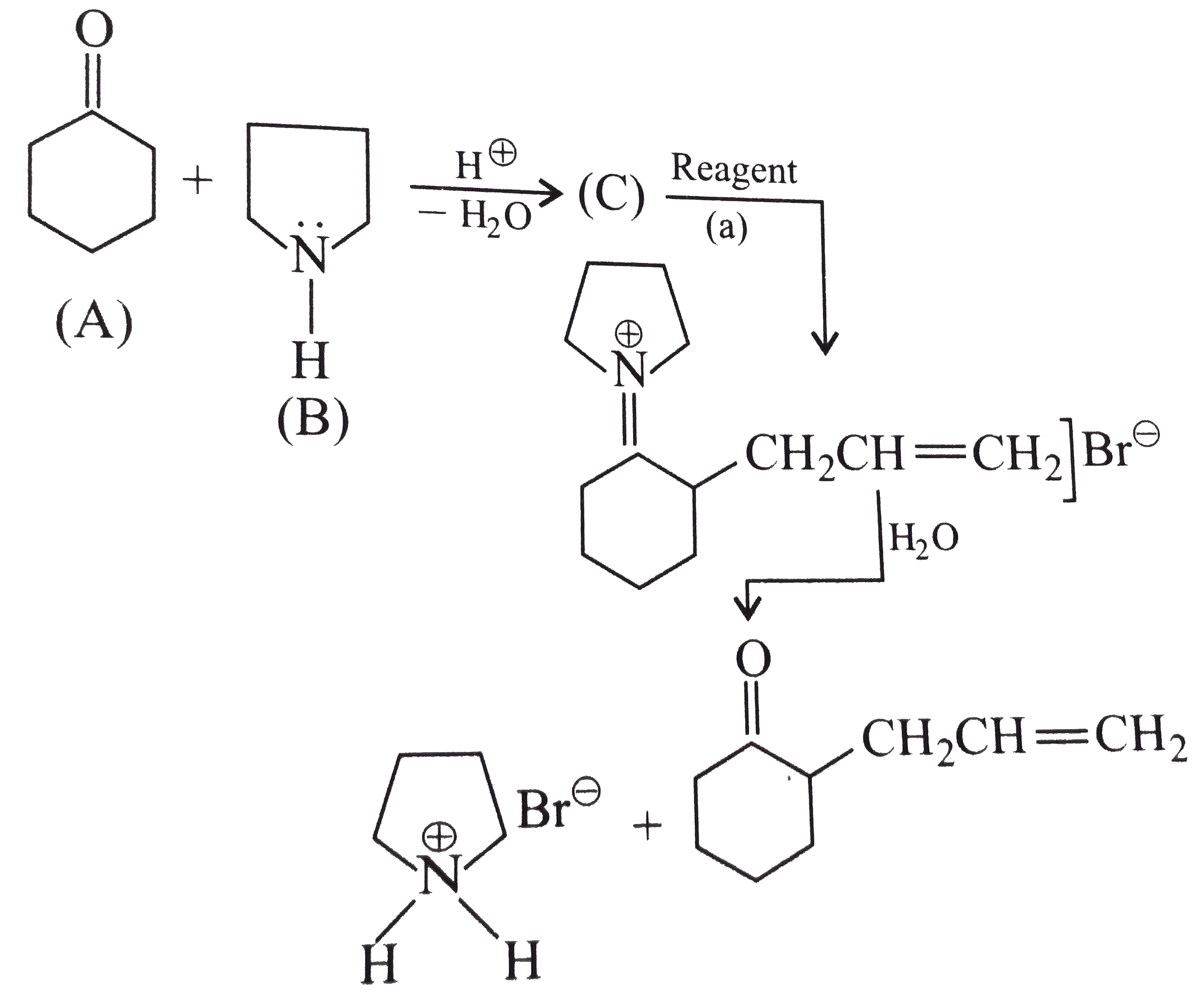
Product
View SolutionGive two examples of reactions which are driven by enthalpy change.
View SolutionThe decreasing order of ease of hydrolysis of the following esters is :
(I)
(II)
(III)
(IV) .
.
View SolutionThe boiling points of ethyl acetate and
(I)
(II)
(III)
(IV)
View SolutionCarboxylic acid, although unreactive to alcohols, reacts in the presence of small amount of
Which of the following statements is//are correct about the above reaction ?
(I) This reaction is called Fischer esterification reaction.
(II) The equilibrium is shifted to
(III) The reaction of
(IV) If the above esterification of
View SolutionThe major product
 .
.
View SolutionWhich of the following is the best method for the synthesis of ester
View SolutionWhich of the following is the best method for the synthesis of
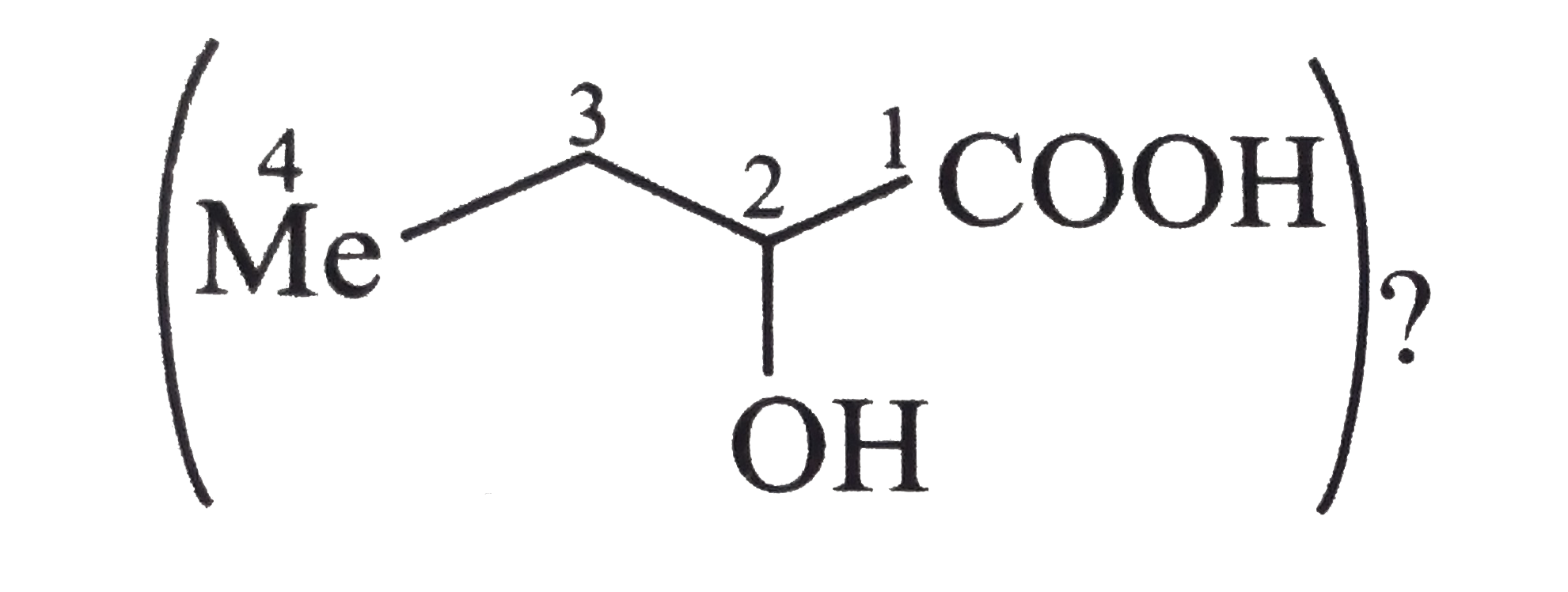 .
.
View SolutionWhich of the following statements is wrong about the transesterification reaction, catalysed by
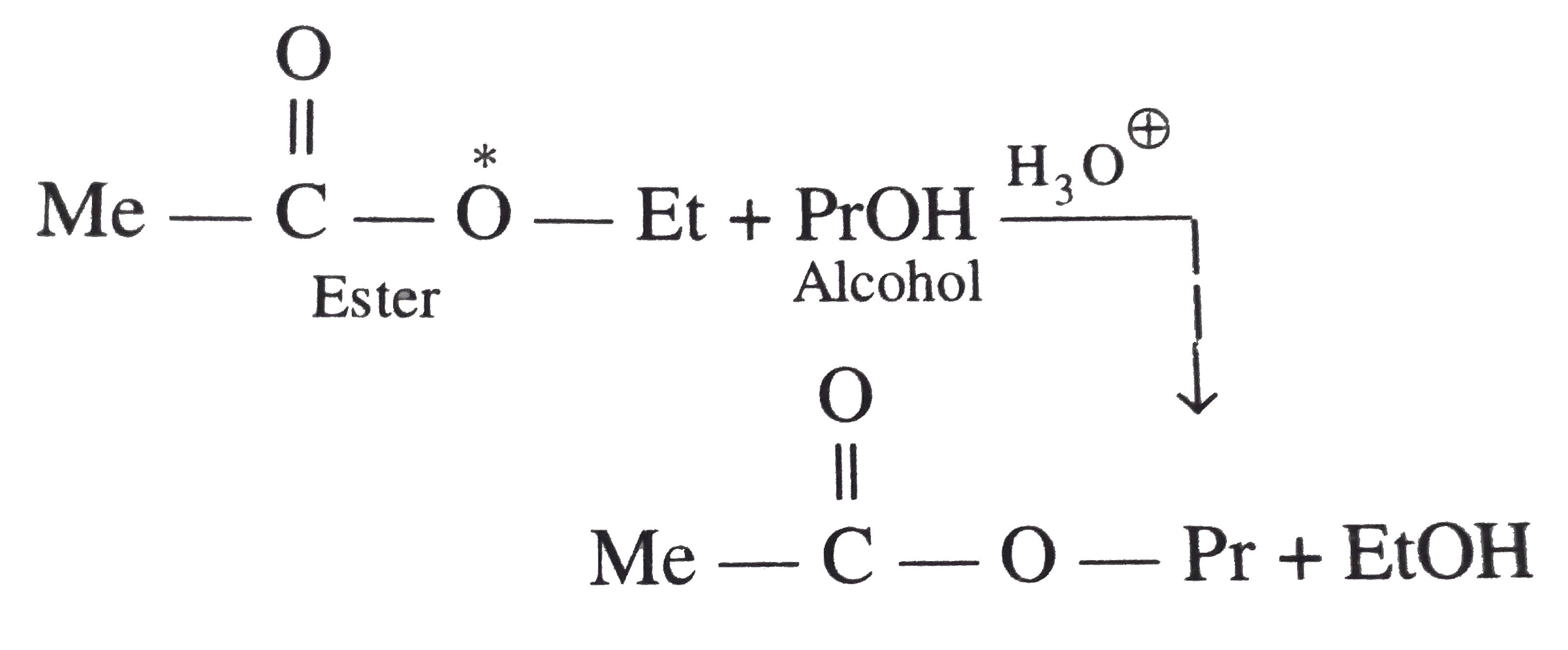 .
.
View SolutionThe molecular weight of benzoic acid in benzene as determined by depression in the freezing point method corresponds to
View SolutionWhich of the following reaction is expected to readily give a hydrocarbon product in good yields?
View SolutionWhich of the following reactions is not possible ?
View Solution
Product is
View SolutionIt has been found that 221.4J is needed to heat 30g of ethanol from 150C to 180C. calculate (a) specific heat capacity, and (b) molar heat capacity of ethanol.
View Solution
Product
View SolutionCalculate energy of 2mole of photons of radiation whose frequency is 5x10^14 Hz
View Solution
The product
View Solution
Product
View Solution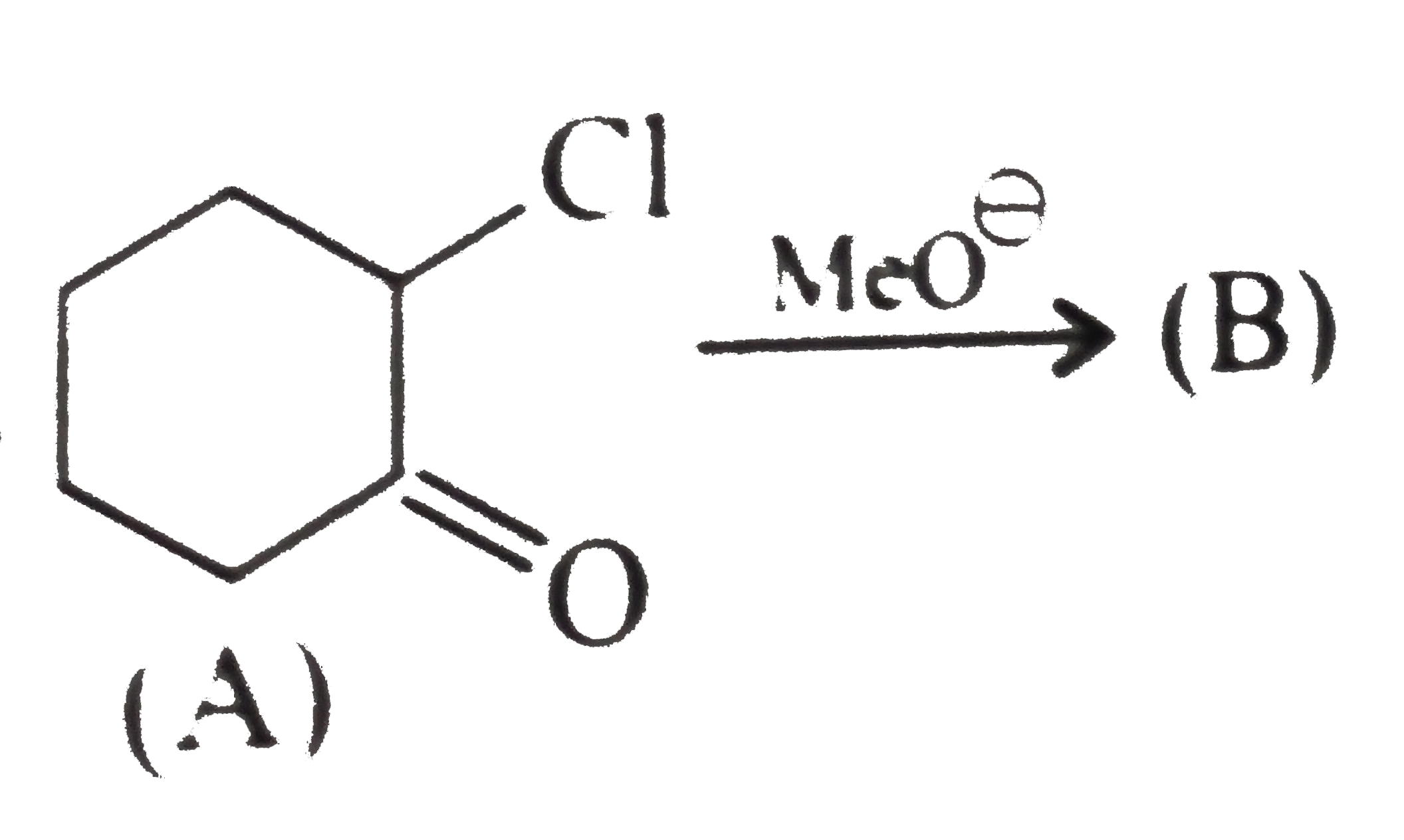
Product
View SolutionWhich of the following tests would help in the distinction of
View SolutionWhich of the following does not contain
View SolutionAcids do not give the characteristic reaction of
View SolutionThe addition of
View SolutionMark the correct order of increasing reactivity.
View Solution
Here,
View SolutionFind out atomic number, mass number, number of electron and neutron in an element? X(Atomic no 20, Mass no. 40)
View SolutionElectrolytic reduction of oxalic acid produces :
View SolutionWhen glycolic acid is subjected to reduction with
View SolutionWhen lactic acid is subjected to oxidation with Fenton's reagent, the main product formed is :
View SolutionHow will you convert ethyne to benzene?
View SolutionTreatment of tartaric acid with Fenton's reagent gives :
View SolutionA hydrocarbon
View SolutionAn organic liquid of the composition
View SolutionOn heating calcium acetate and calcium formate, the product formed is :
View Solution
View SolutionOne mole of an organic compound is found to require only
View SolutionIdentify
View SolutionWhich one of the following has the maximum acid strength ?
View SolutionFormic acid is obtained when
View SolutionThe reaction of
View SolutionThe compound which react with Fehling solution is
View Solution
Compound
View SolutionVinegar contains :
View SolutionWhat of the following is expected to be most highly ionised in water ?
View SolutionFifty-nine grams of amide is obtained from the carboxylic acid.
View SolutionWhat is formed when oxalic acid is dehydrated by
View SolutionHow will you convert the following compounds into benzene? (i) C2H4
View SolutionDraw the structure of the following compounds all showing C and H atoms. (a) 2-methyl -3-iso propyl heptanes (b) Dicyclopropyl methane.
View SolutionName the reaction sequence.
View SolutionFor the Hunsdiecker decarboxylation reaction, which of the following is false :
View SolutionHow will you prepare isobutane?
View SolutionWhich of the following substances is likely of be effective as detergents in water ?
View Solution
Exercises (Singlecorrect) questions and complete solutions for chapter CARBOXYLIC ACIDS AND THEIR DERIVATIVES of CENGAGE CHEMISTRY (ENGLISH) of Class 12
All Exercises from CENGAGE CHEMISTRY Class 12 CHEMISTRY CARBOXYLIC ACIDS AND THEIR DERIVATIVES
- Exercises (Assertion-Reasoning)
- Exercises (Linked Comprehension)
- Exercises (Multiple Correct)
- Exercises (Singlecorrect)
- Exercises (Subjective)
- Exercises Archives (Analytical And Descriptive)
- Exercises Archives (Assertion-Reasoning)
- Exercises Archives (Fill In The Blanks)
- Exercises Archives (Linked Comprehension)
- Exercises Archives (Multiple Correct)
- Exercises Archives (Single Correct)
- Exercises Archives (True/False)
- Illustration
- Solved Examples